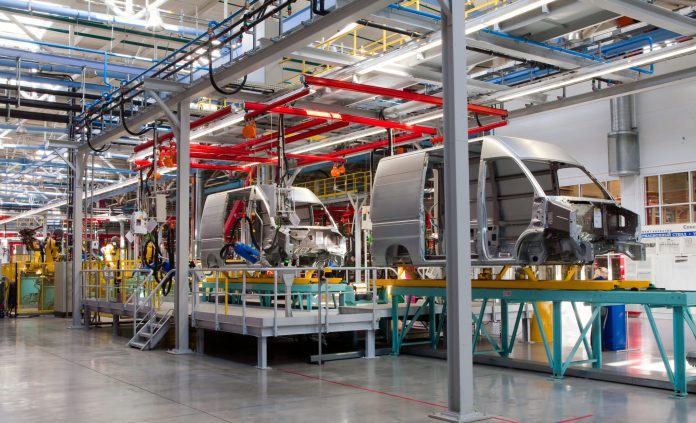Up to $800 billion will be spent on new and replacement server equipment and edge computing facilities in the period to 2028, driven by the deployment of 5G in industry, alongside the commoditization of edge hardware and the rise of open source networking software. The cumulative spend, calculated for 2019-2028, will be split roughly evenly between equipment for the device edge and infrastructure edge, according to the Linux Foundation.
LF Edge, the umbrella organization for the foundation’s drive to establish an open framework for open-source edge computing infrastructure, has issued its latest annual State of the Edge report, which says government lockdowns, social distancing, and fragile supply chains have changed use cases “across the spectrum”. Expertise in legacy data centres could be obsolete in the next few years, it said, as the pandemic has forced the development of tools for remote monitoring, provisioning, repair and management. These will reduce the cost of edge computing, it said.
Seven out of 10 areas of edge computing experienced growth in 2020 with a number of new use cases that are driven by 5G, notably in smart manufacturing, smart healthcare, and smart cities, where spending on edge technologies has increased, respectively, from 3.9 to 6.2 percent, 6.8 to 8.6 percent, and 5.0 to 6.1 percent. The drivers for higher spending are automation technologies and autonomous systems in the case of manufacturing; remote healthcare, data management, and assisted living in healthcare; and surveillance, public safety, and public services in cities.
The forecasting, led by Tolaga Research, modeled the growth of edge infrastructure sector-by-sector, looking at the use cases likely to drive demand. It considered 43 use cases in total, spanning 11 verticals, including energy, telecoms, manufacturing, retail, healthcare, automotive, and mobile consumer services. The Linux Foundation maintains open source hardware and software projects are driving innovation at the edge by accelerating the adoption and deployment of applications for containerized and distributed applications.
The report said: “Edge facilities will also create new types of interconnection. Similar to how data centers became meeting points for networks, the micro data centers at wireless towers and cable headends that will power edge computing often sit at the crossroads of terrestrial connectivity paths. These locations will become centers of gravity for local interconnection and edge exchange, creating new and newly efficient paths for data.”
It added: “5G, next-generation SD-WAN and secure-access service edge (SASE) have been standardized. They are well suited to address the multitude of edge computing use cases that are being adopted and are contemplated for the future. As digital services proliferate and drive demand for edge computing, the diversity of network performance requirements will continue to increase.”
Matt Trifiro, chief marketing officer at edge infrastructure company Vapor IO, said: “The new digital norms created in response to the pandemic will be permanent. This will intensify the deployment of new technologies like wireless 5G and autonomous vehicles, but will also impact nearly every sector of the economy, from industrial manufacturing to healthcare.”
Wenjing Chu, senior director of open source and research at Futurewei Technologies, commented: “In our individual lock-down environments, each of us is an edge node of the internet and all our computing is, mostly, edge computing. The edge is the center of everything.”

